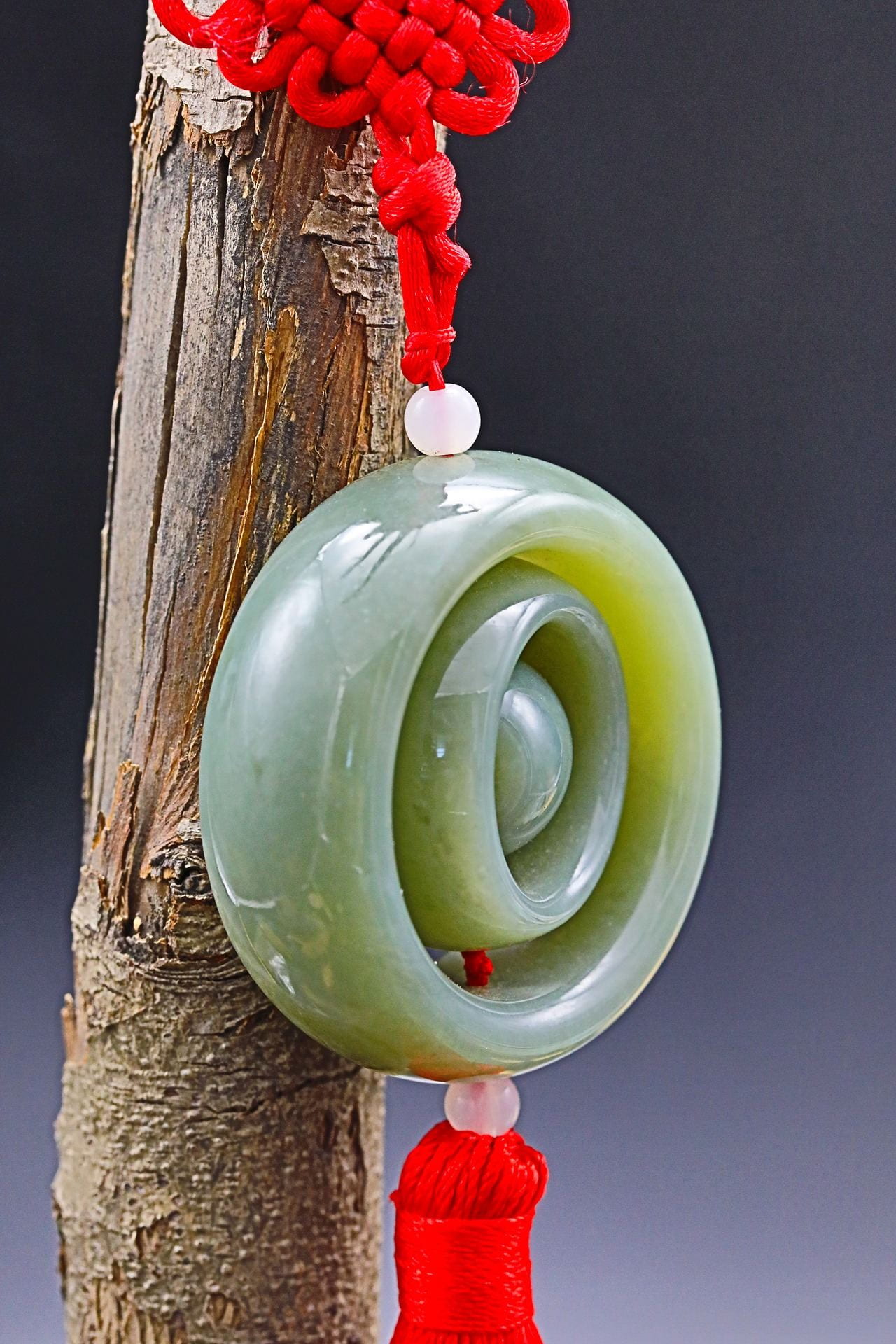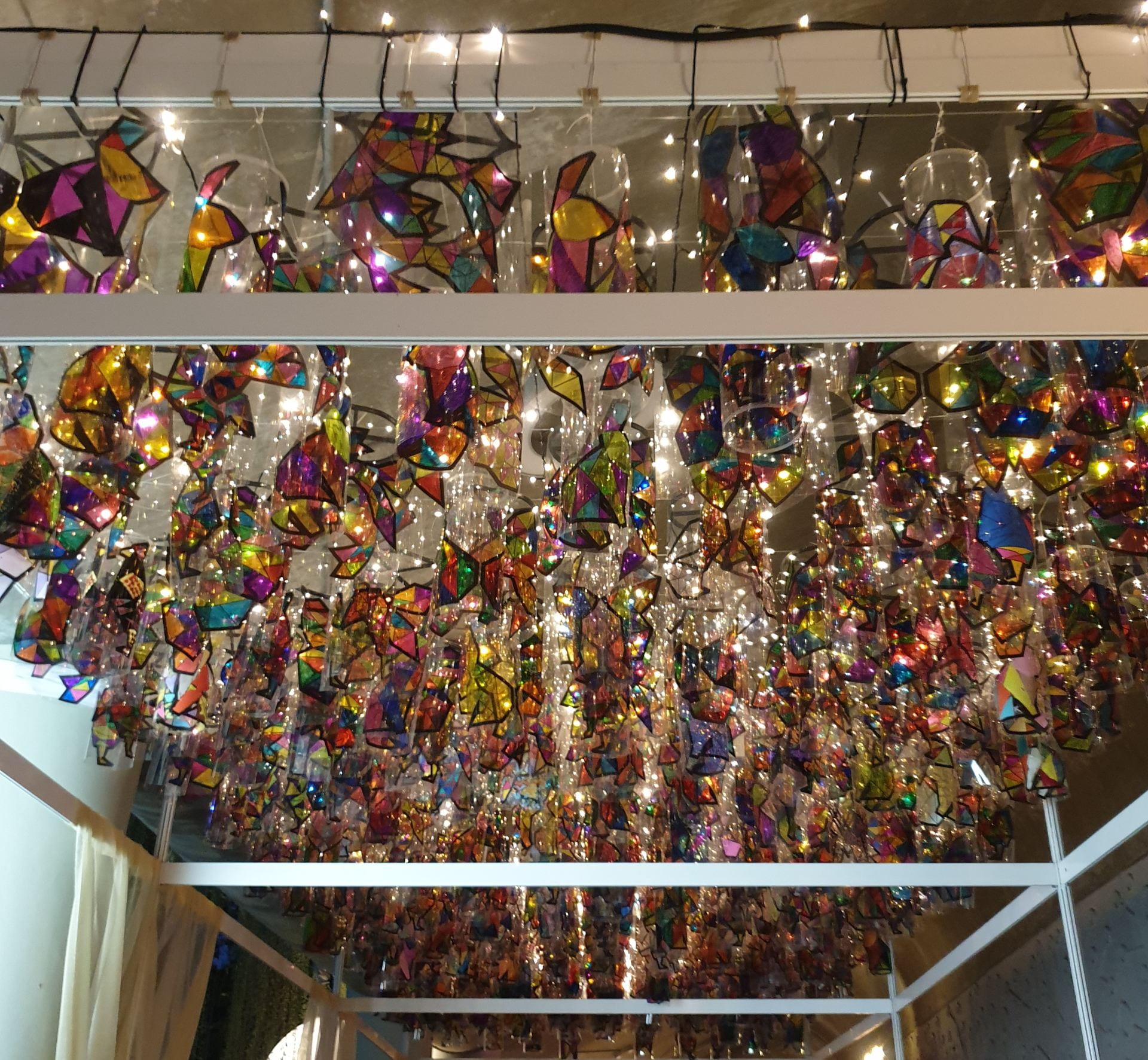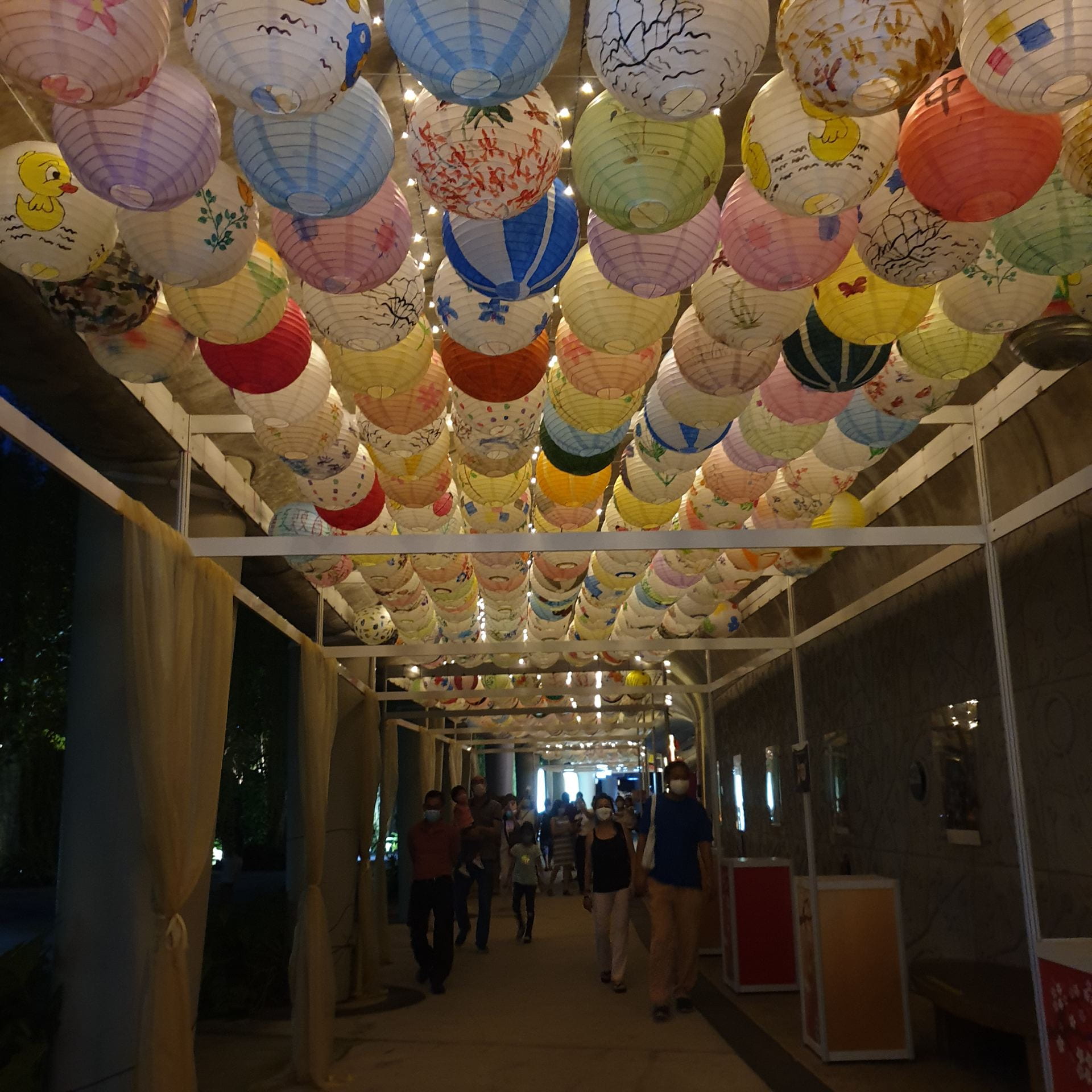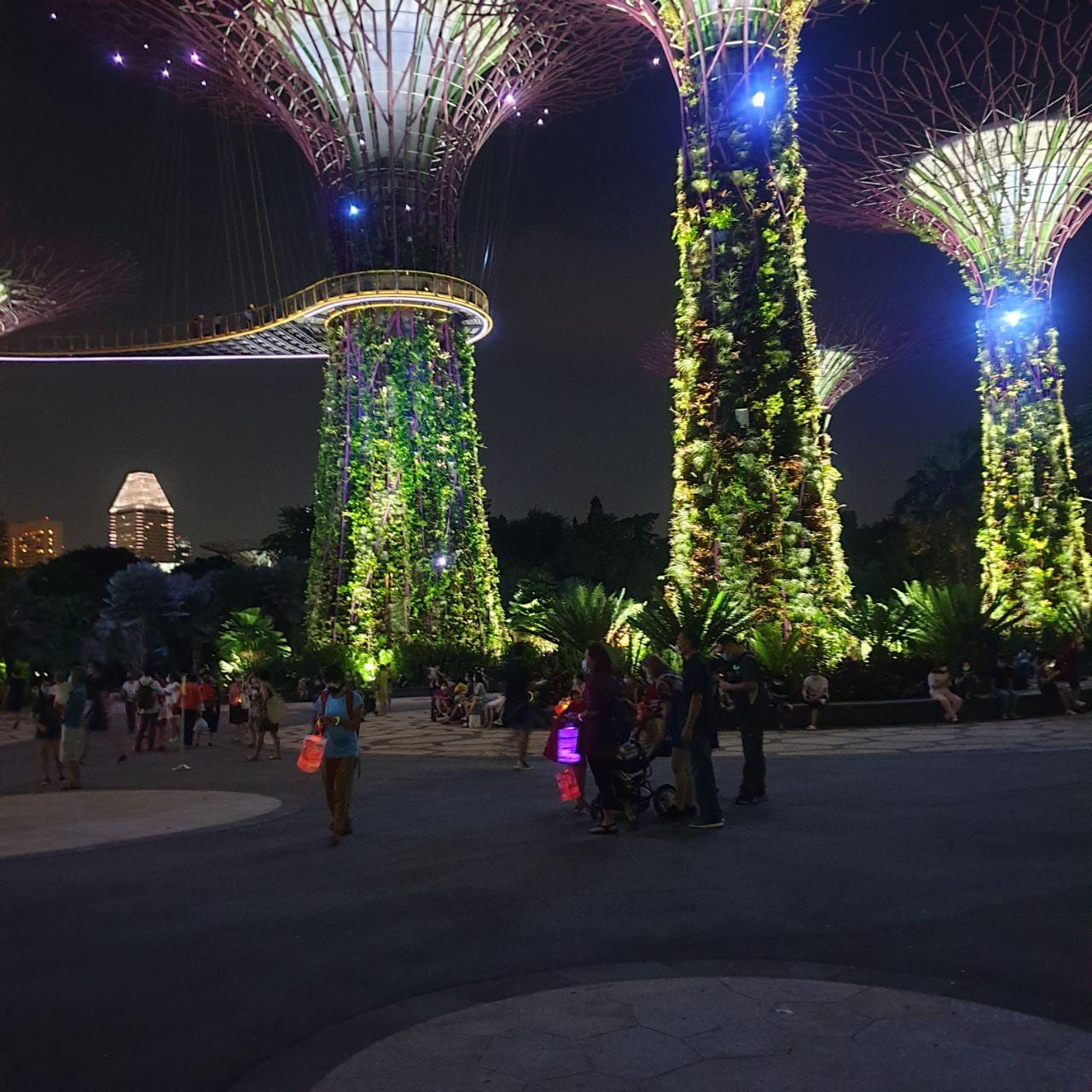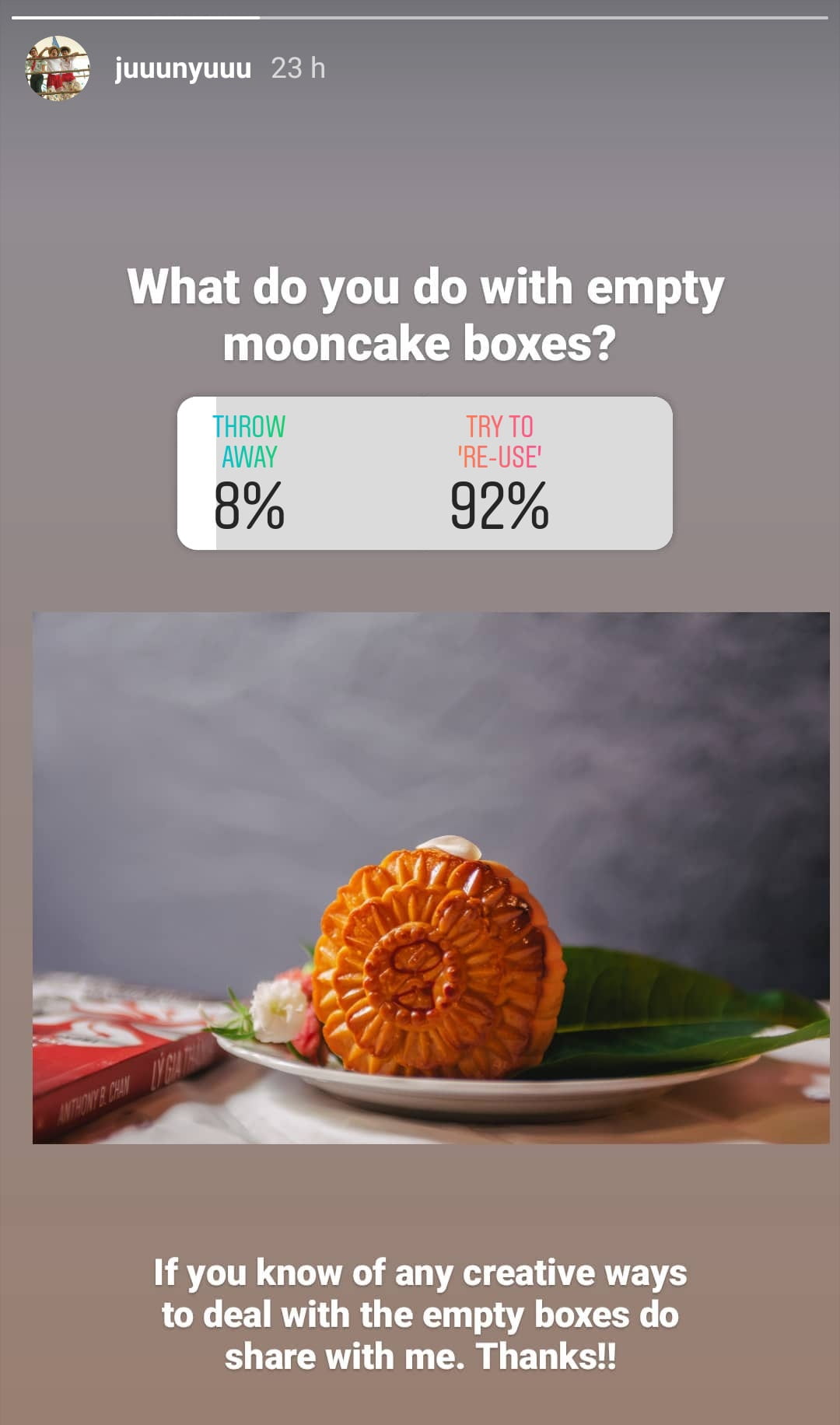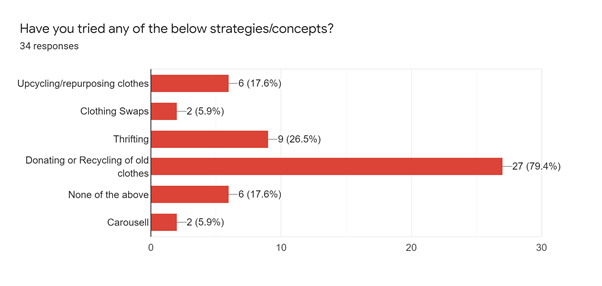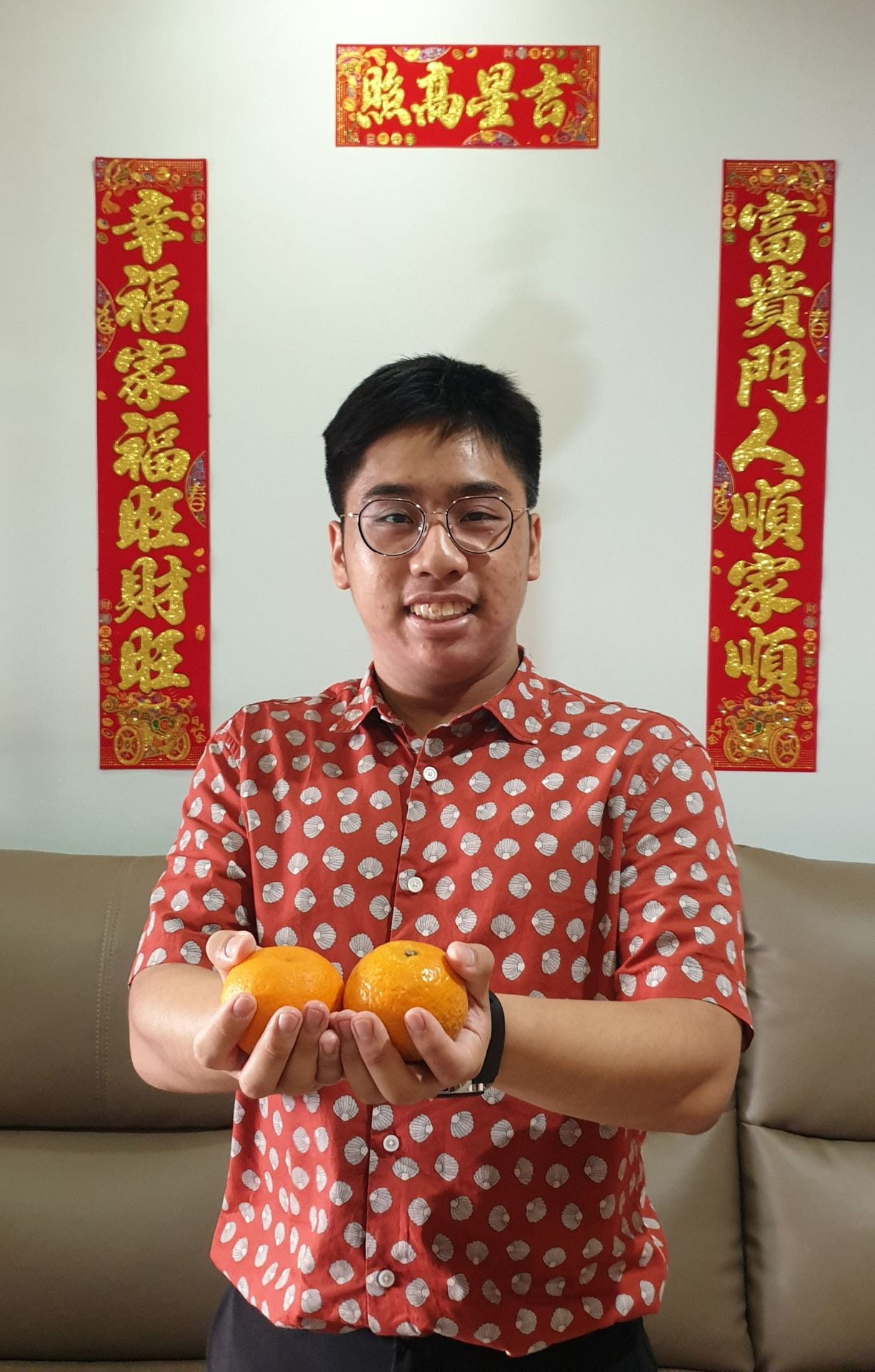Hello everyone!
Welcome back! This will be my last post for this blog as we reach the end of the semester. It has been a great journey these past 10 weeks and I have learnt a lot about this topic and myself along the way. To all my readers, I hope you all have learned a thing or two from my posts as well.
In my first few posts, I explored how traditional festivals celebrated by the Chinese were promoting unsustainable consumption patterns. Of course, this nature of festivals is not just limited to those from China, but to most festivals of a whole as they seem to promote overconsumption. Afterwards, I blogged about how traditions have fuelled the demand for some unsustainable practices, such as jade mining and incense burning. Through these posts, I was able to explore how these old traditions still play an essential role in our world today and shape our practices and decisions. As such, I hope that my blog has shown you all that the influence of traditions on our environment and sustainability should not be easily overlooked.
I would like to take this chance to thank all my friends and peers who have helped me along this blogging journey, be it through participating in my surveys and polls, leaving me wonderful comments that have helped to promote deeper discussions about the issues or simply reading my posts and supporting me along the way.
As the saying goes, when one door closes, another one opens. Although this is the end of my blogging journey, for now, I am sure there will be more of such opportunities for self-discovery and learning in the near future.

Signing out,
Jun Yu





